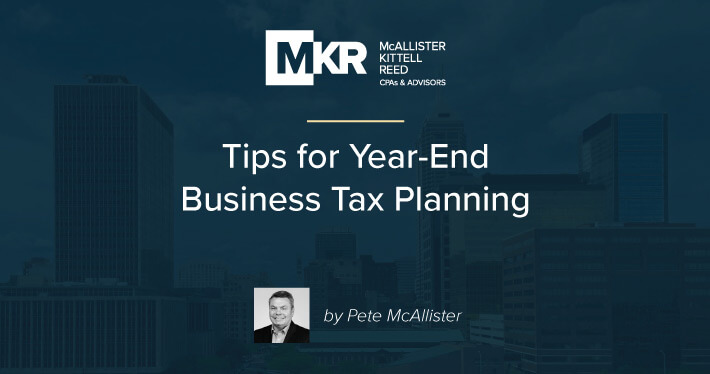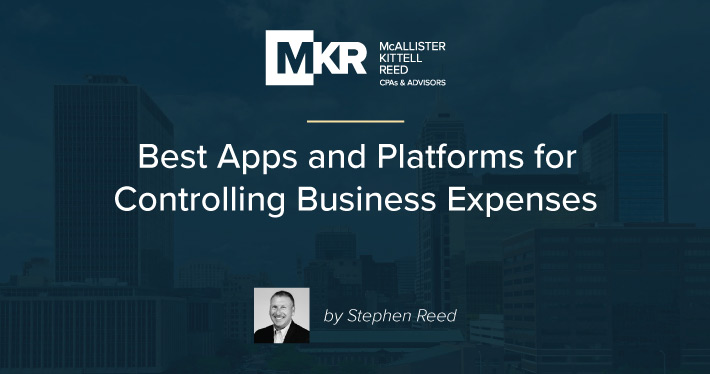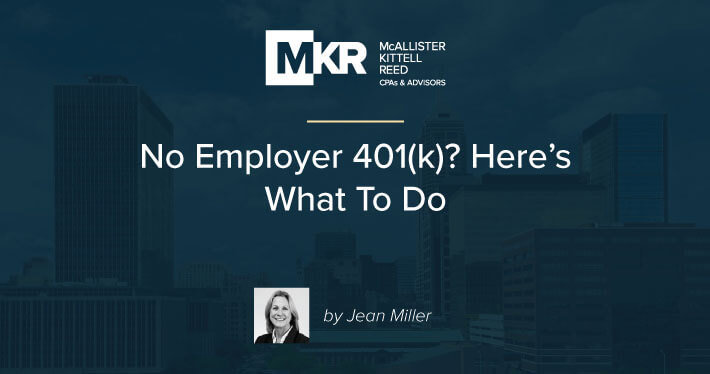With additional guidance and regulations released consistently since President Trump signed the Tax Cuts and Jobs Act of 2017 into law, one thing remains clear: strategic tax planning is key to lowering a business’s total tax liability. Read on for some moves on...








